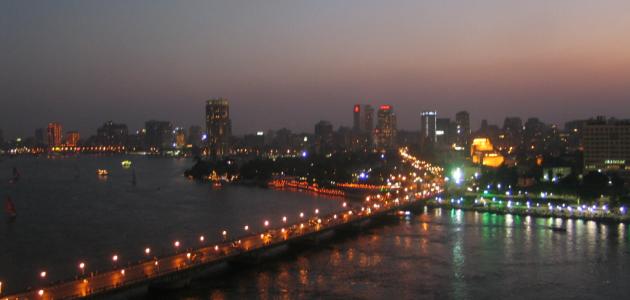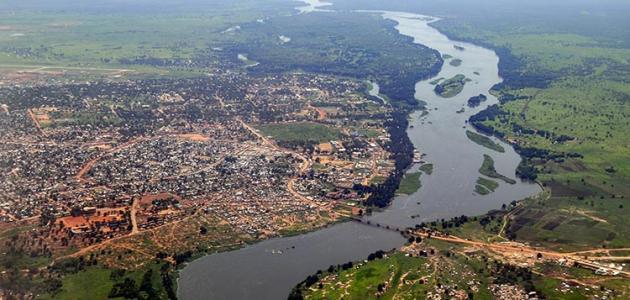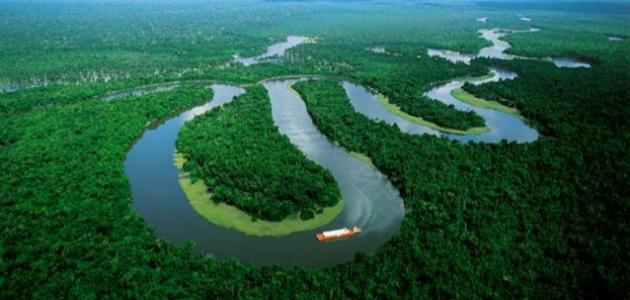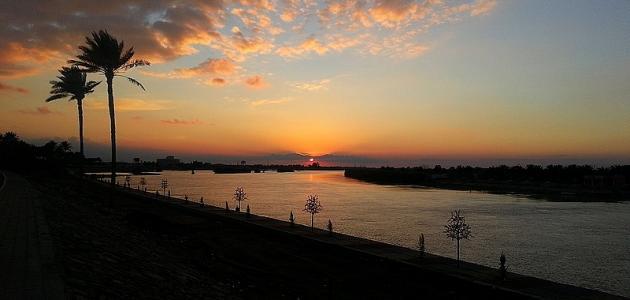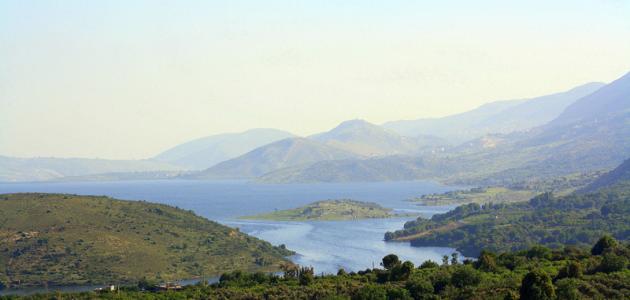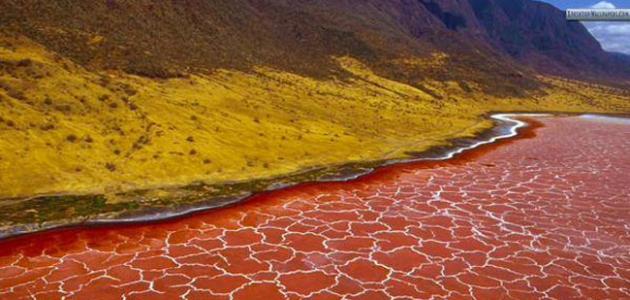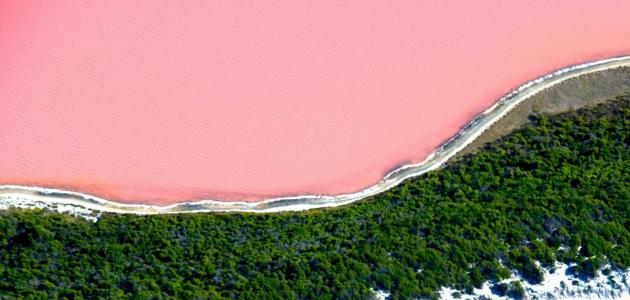The importance of the Nile River in the past
The Egyptians exploited the features of the Nile River, and although most parts of Egypt were covered with sand, the countries neighboring the river basin were rich in wildlife and fertile soil. This is all due to the expected rise and fall in the river’s water level annually. During the period of high water levels, which occurs Usually in the month of July, the water rises and fills the canals made by Egyptian workers. However, around the end of October, the river’s water level begins to decrease, leaving silt deposits rich in various elements. In addition, the Nile was not just an agricultural blessing for Egypt, but It was also the most important road in the country, as it served as the main route supporting travel and communication capabilities. This function of the river helped connect parts of Egypt to the capital, making trade and communication possible.
The importance of the Nile River at present
There are many types of fish found in the lower part of the Nile, and these fish include: tiger fish, brown fish, tilapia fish, and several types of catfish. In addition, the population density is large in the cultivated areas due to the floods, which are located south of the delta, where it reaches Approximately 1280 people per square kilometre, and the majority of this population, most of whom are peasant farmers, are able to survive by exploiting the available lands and water to the greatest possible extent and in a thoughtful manner. Before the completion of the construction of the Aswan High Dam, large quantities of silt, coming from The fertile highlands of Ethiopia, due to water floods in Egypt, where the fertility of the dense agricultural lands on the banks of the river was preserved over the centuries, so the river’s current was a vital feature in the life of the Egyptian people, as it was a vital waterway for transporting people. and goods, especially in the flood season when transportation by car is not possible; River boats are the only means of transportation in most areas.
Read also:The most important river in CameroonInformation about the Nile River
Nearly 95 percent of Egypt's population lives on the banks of the Nile River, because the Nile River has provided fertile lands, food, and fresh water for more than 5000 years, and means of transportation are readily available. In addition, the Nile is considered the most important feature in Egypt, as human existence depends on it. This is because the annual floods resulting from it provide the water needed for agriculture, and before the completion of the construction of the Aswan High Dam in 1970 AD, the floods, which continued from August to December, caused the river level to rise by about 5 meters, and thus it became possible to store flood water at the present time. Which leads to the provision of water for irrigation throughout the year, and the reclamation of about one million acres of land. The fishing process is also concentrated in the Nile Delta, the Mediterranean Sea, and the Red Sea, where the volume of fish caught reached about 715074 tons of internal catch from the river.
Read also:Research on the importance of the Nile River